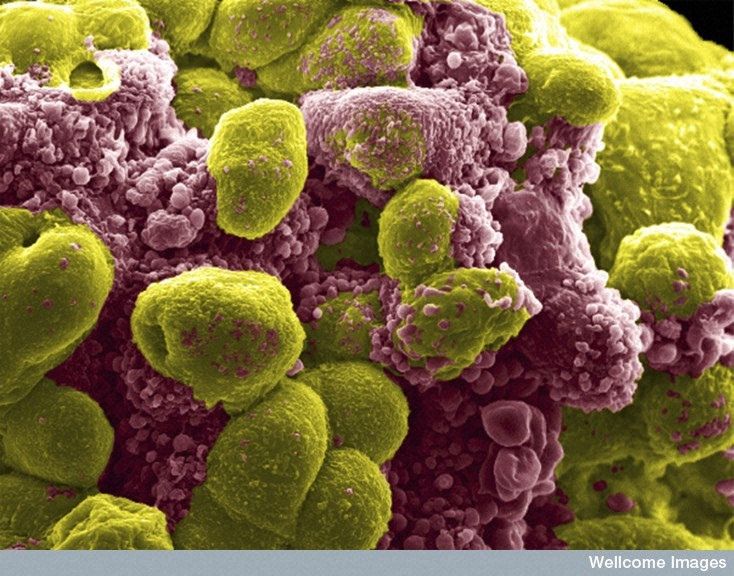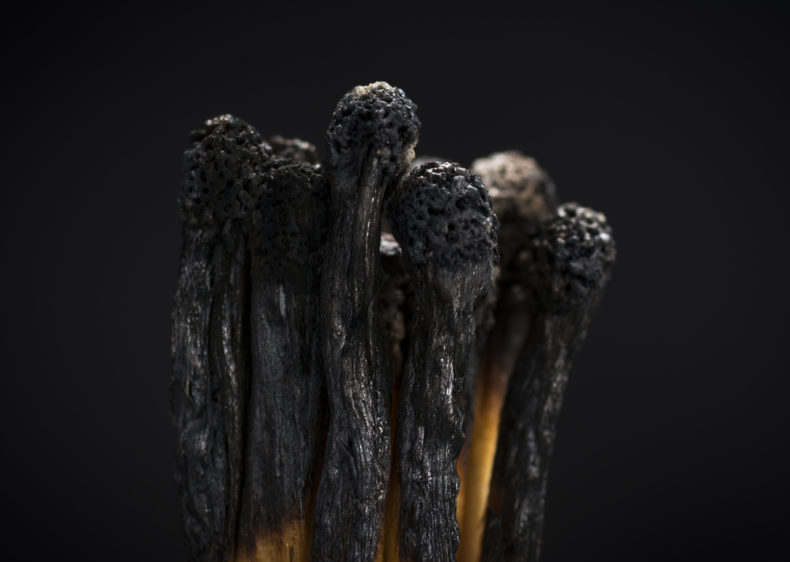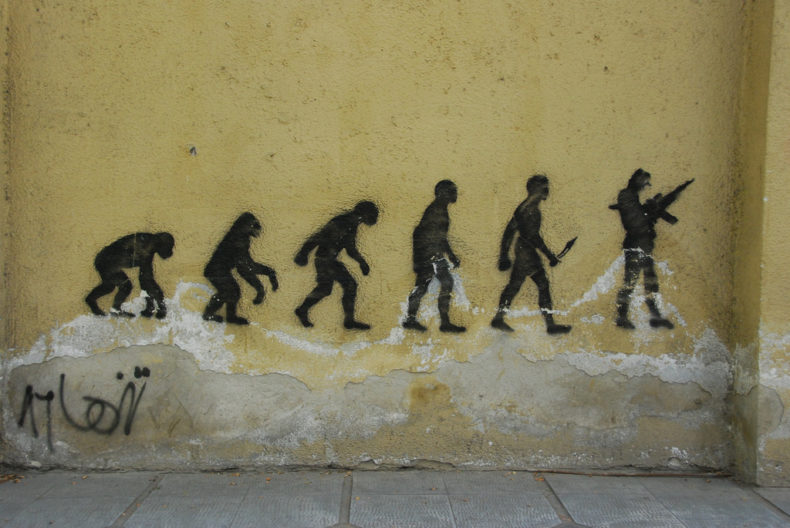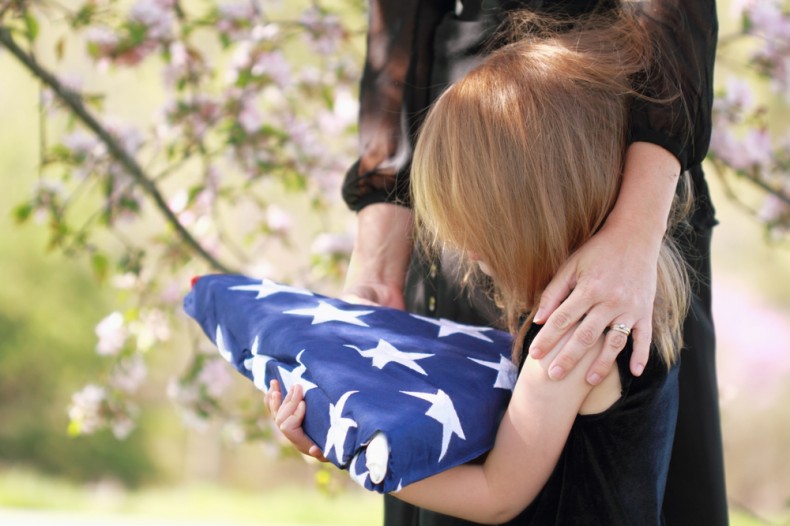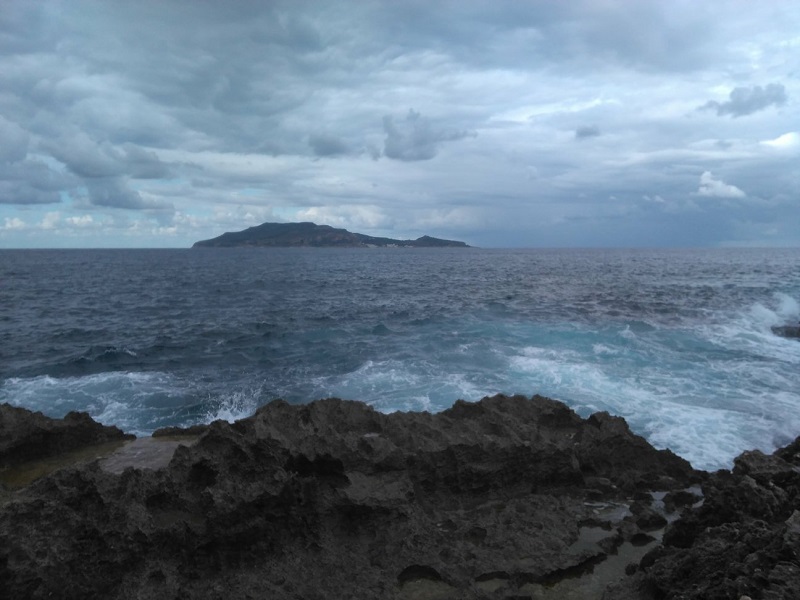This post first ran on August 29, 2013.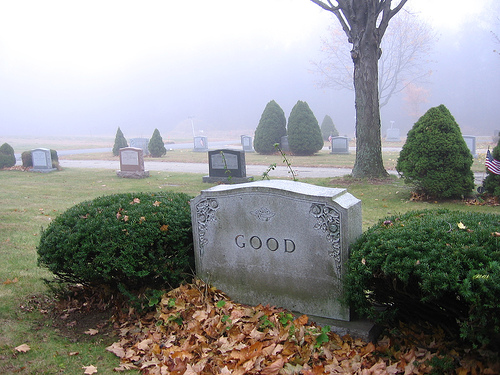 My beloved neighbor Joanne was 87 years old when her son found her dead in the hallway of her old farmhouse on Monday. They’d gone to a funeral together that morning — a younger relative had died of pancreatic cancer — and after lunch he’d dropped her off at home. When he returned later that afternoon, she was gone.
My beloved neighbor Joanne was 87 years old when her son found her dead in the hallway of her old farmhouse on Monday. They’d gone to a funeral together that morning — a younger relative had died of pancreatic cancer — and after lunch he’d dropped her off at home. When he returned later that afternoon, she was gone.
I wasn’t home at the time, so I missed the commotion on our dead-end road, where the Joanne’s family farm occupied the final spot — the anchor to our small, rural neighborhood. When I received the news the next morning, I was so shaken that I hung up the phone in haste, unable to talk through my tears.
Joanne had been seeming a little foggy-headed and newly frail in recent months, but she’d been so resilient over the years that I’d assumed she had several more years in her. Her death came as a shock, and even as I write this I can’t believe it’s real.
I want to comfort myself with the notion that hers was a good death, but I’m not even sure what that means. She’d lived a full life and her decline was sudden, rather than prolonged, like her husband Mack’s had been. Isn’t that what we all want? One day you’re fine, the next you’re gone — no time to linger in the ugly in-between.
Having witnessed a loved one slowly succumb to cancer, I can say with confidence that when my time comes, I’d prefer to be hit by a bus — in an instant, it’s lights out, no prolonged suffering or regret. But most of us don’t get to choose, and even if we try to plan in advance, it’s impossible to anticipate real life.
I’ve been a witness several times to discussions between hospice workers and dying people or their families, and the most striking thing I’ve noticed is how inadequate these theoretical discussions can be. Continue reading →
